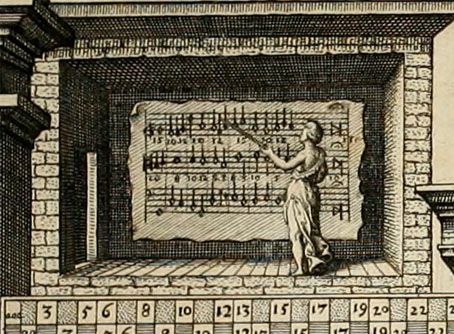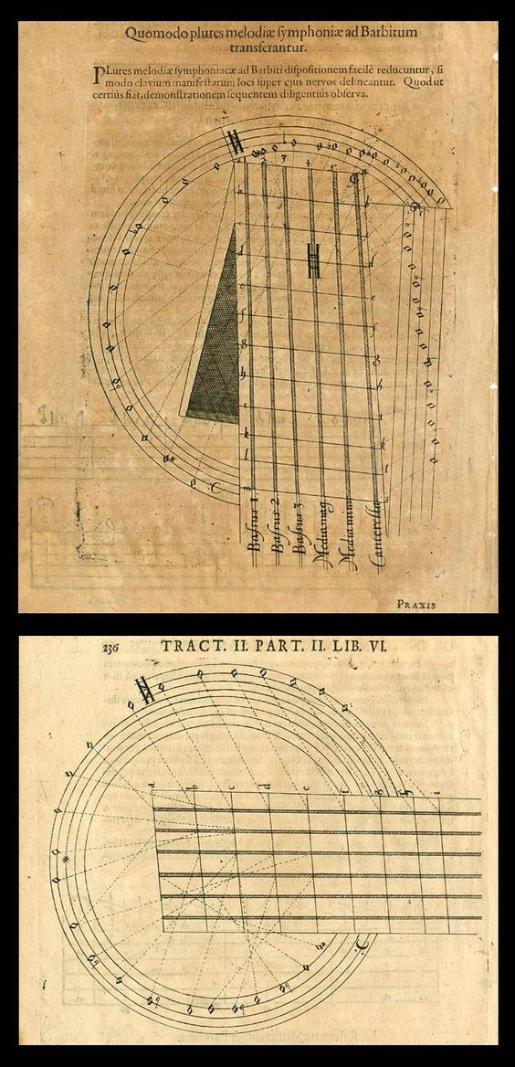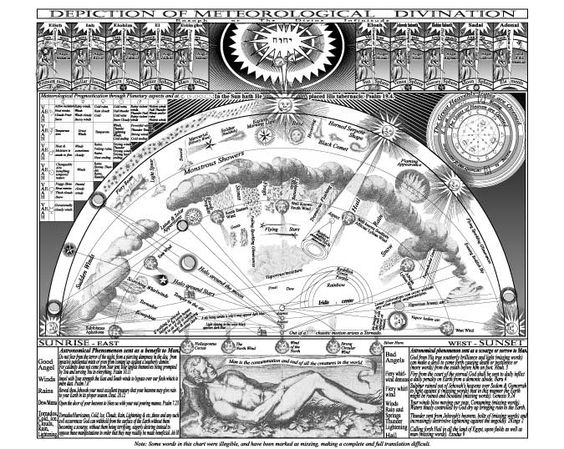Johannes Kepler's 1619 treatise realized by a computer music group at Princeton. Narrated by Michel Nabti.
Anatomiae amphiteatrum Effigie triplici
Johannes Kepler, Harmonice mundi libri V, Linz 1619
This fascinating book by Robert Fludd shows how, according to early modern philosophy, the construction of the cosmos and the anatomy of man are interconnected. Fludd, an esoteric philosopher and a Rosicrucian, believed that the macrocosmos and man, the microcosmos, were created following a similar pattern. So above, so below was his creed. The book contains also an intriguing two-page illustration of the harmony of the spheres, or celestial music. It also contains Kepler's ideas on the construction of the universe according to musical proportions. The book is accompanied by a famous publication by Johannes Kepler, with whom Fludd argued and debated extensively.
It is always a challenge to present old and rare books in an exhibition, in such a way that it is inviting and interesting for a general public, and do justice to the, not always accessible, contents or purport of the book. In this case, Fludd's philosophy is also difficult to understand for a modern visitor. How do you present this book, and make it inviting and understandable, without having to accompany it by long explicatory texts? The binding theme between the two books is celestial music.
Written by: Marieke van den Doel, Project Manager Connecting Early Medieval European Collections CEMEC at University of Amsterdam / Allard Pierson Museum
See the related subjects by Robert Fludd


Divisions of the Pythagorean scale
In the “Temples of Music” the notes and divisions of the Pythagorean scale are put to display... In: Robert Fludd’s Utriusque Cosmi, Maioris scilicet et Minoris, metaphysica, physica, atque technica Historia (1617–1626)


The Temple of Music. 1617
Fludd’s study concerns music; a variety of graphic devices... like the “Temples of Music”


The Depiction of Meteorological Divination
The Depiction of Meteorological Divination by Robert Fludd